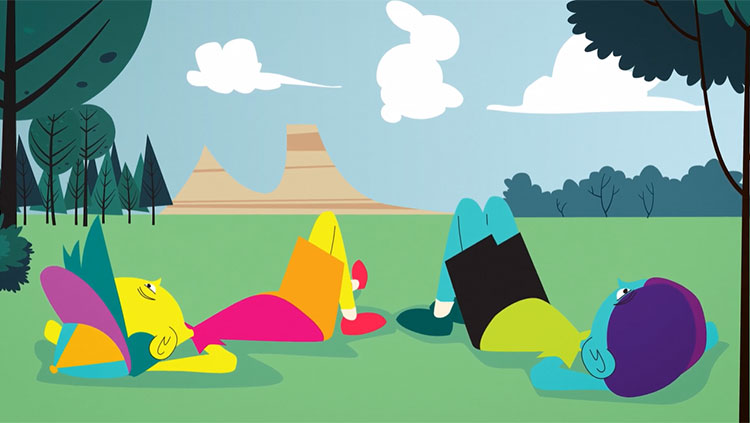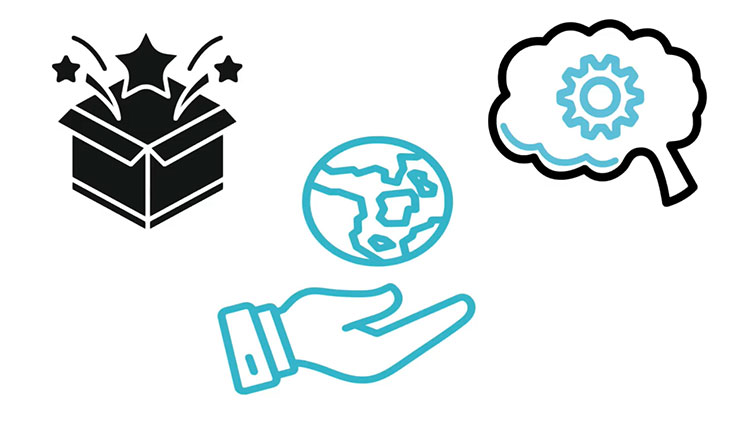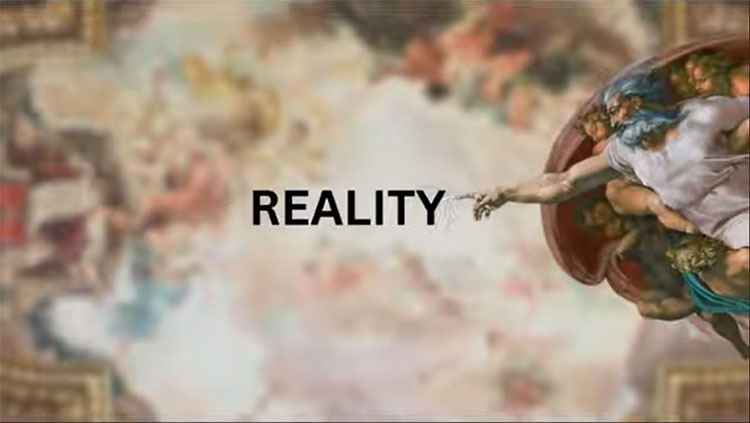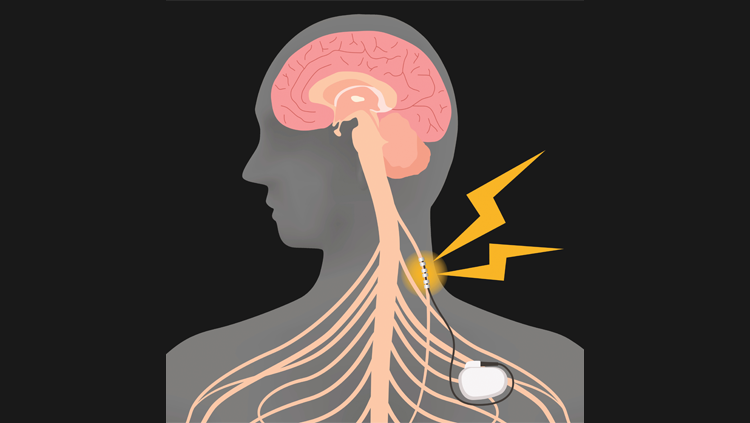Why Do We Fall For The Framing Effect?
- Published19 Oct 2020
- Source BrainFacts/SfN
Humans are not always rational decision-makers. The brain makes choices based on how information is presented, not just the information itself, thanks to the framing effect. This effect may stem from activation of the amygdala, which is involved in our emotional responses.
This video is from the 2020 Brain Awareness Video Contest.
Created by Tiffany Nassirian
CONTENT PROVIDED BY
BrainFacts/SfN
Transcript
Every day our options might be framed to make a single decision seem better or worse. These two toothpastes cost the same, but we’ll think a toothpaste is better if four out of five dentists recommend them. That’s almost all of the dentists, so pretty good, right?
What if the label on this one said, “One in five dentists does not recommend?” Well, now it’s a bit concerning. These two statements actually mean the same thing, so why do we feel differently about them?
It turns out, we are pretty vulnerable to the way options are shown to us. If a product is next to a bunch of cheaper items, you might think it’s too expensive, but if it’s the cheapest product, it might look like a great deal. This is because the way our choices are framed, has the power the influence our decisions.
In the ‘70s, Tversky and Kahneman coined the term “The Framing Effect,” which means that our brain makes decisions based on how information is shown to us. This can be so powerful that it affects our rationality. While the framing effect became very well known, there still wasn’t much research about what was going on in the brain during these types of decisions.
De Martino and colleagues took this concept a step further in 2006 by studying the framing effect, while scanning the brain with fMRI, and their experiment went like this. Say you receive 50 pounds. Now you have the option to keep 20 for sure, or gamble to keep, or lose all of the money. Think about what you would choose.
In the next scenario, you receive 50 pounds again, but now you have the option to lose 30 for sure or gamble to keep all of the money. What do you choose this time?
These two scenarios are actually the same. The only difference is how the question is framed.
Did your answer change between scenarios? If it did, you’re not the only one. Participants in this study were more likely to choose the safe bet in the first option, but more likely to gamble in the second. So much that they gambled almost 19% more of the time when the choice was framed as a loss.
Why is this?
It seems that we feel losses much differently than we feel gains. Not only that, but we dislike losing a lot more than we even like winning. But what’s happening in the brain? It turns out, that one part of the brain activated during this switched behavior, and this was the amygdala. They found that it was activated when choosing the safe bet in first option, but it was also activated when taking a risk in the second.
This almond-shaped structure in the brain has been well-known for emotional responses to experiences and is mainly known for fear response. How does this relate to decisions? This suggested that emotion plays an important role in switching our decisions irrationally. We have the same brain response to opposite decisions, even when the choices have the same outcome.
So, it’s possible that the framing effect is driven by an underlying emotional system. While our brains and emotions may have something to do with how we fall for the framing effect, we can still look at the glass half full versus empty and keep reminding ourselves not to fall for the framing effect.




.jpg)












